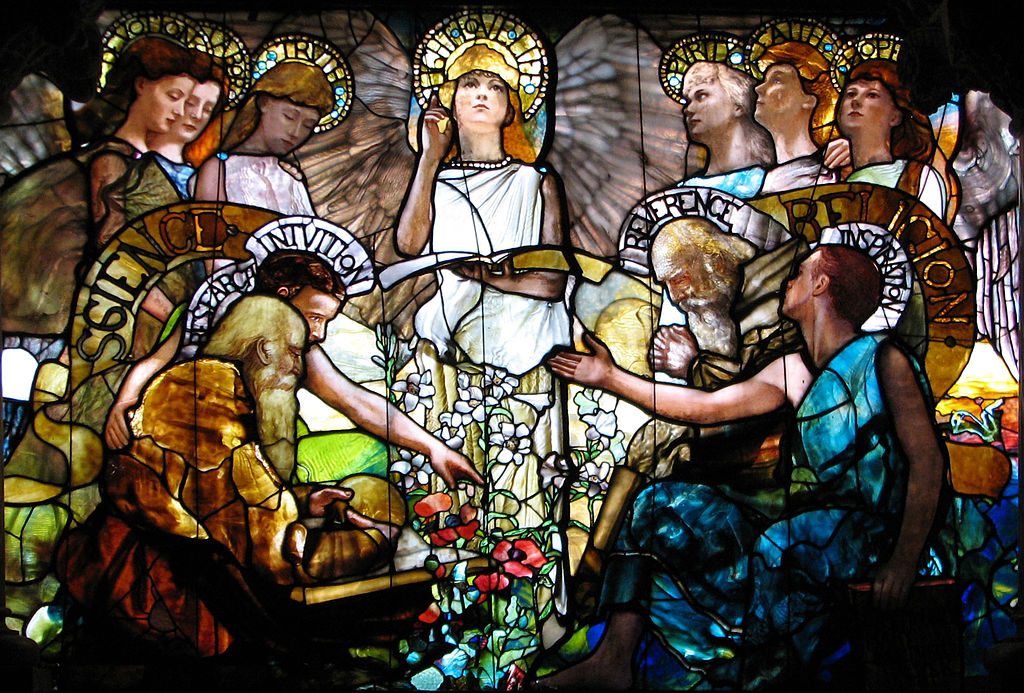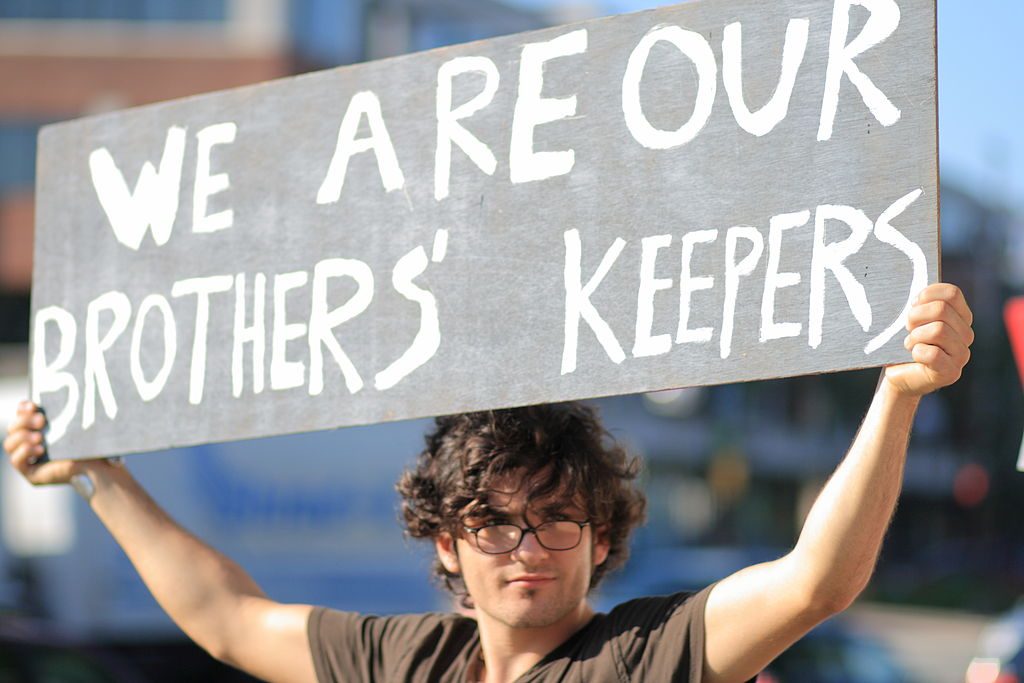That’s a question that’s been tough for me, as it is for a lot of amateurs with decent cameras who occasionally get the chance to make a bit of money through their photography. So just to provide some points of reference, I’ll share a few of my experiences.
This is the first photo I made money from:

An editor from New Scientist contacted me through Wikipedia. (I had actually released it public domain, but they wanted to license it directly.) I had no idea what to ask, which I think I told them, and I think the $300 I got for it was their first offer to me. (Actually, when the wire transfer came through, it was only $275, minus an additional $10 bank fee.) It was used as a half-page illustration in the middle of the 19 July 2008 issue. Given that this was their first offer, it was probably toward the low end of what I could have gotten.
In 2009, made $100 from another public domain photo, of a painting of the Great Fire of London. Parthenon Entertainment contacted me through Wikimedia Commons, and I explained that, in the US, my photo wasn’t even eligible for copyright, but that I would license whatever rights I might or might not have in the photo for $250. They said limited budget was why they turned to Commons in the first place, and they could just offer $100. I said yes and counted myself lucky.
Also in 2009, I got $50 for a shot of a Loring peach from Macore, a company that makes plant tags and labels for nurseries. They would have used the CC license if I was okay with with a website only credit, but they didn’t want to put a credit on the actual plant tag they made with it.

In 2010, I discovered using TinEye that an digital textbook company was using an image I took of a sign-holding protester from a health care reform town hall meeting for one of their videos, without following the license. I sent them an email asking them to release video under the appropriate license… or alternatively, I’d take $400 for permission to use the image. They took that option. Unfortunately, I don’t know who the young man in the photo is (and of course, have no model release form, although that shouldn’t be necessary for the types of editorial use in an educational context that they are using it for). An anonymous editor tagged it on Commons as “Austin Joseph”, but that’s not much help.
Later in 2010, the journal Science published a portrait I made of historian Steven Shapin in a review of his book, crediting the image as “SAGE ROSS / WIKIMEDIA COMMONS” but without mention of the license. Since they really ought to know better (and they are pay-walled, and subscriptions are very pricy), I explained in an email to the editors how they had neglected to use a free license and attached an unsolicited invoice for $2000. I never heard back.
In early 2012, after I sent an email to the Pittsburgh Zoo about some photos of their beautiful infant gorilla, they put many of them up on their blog, and then the photos spread to ZooBorns. Then, I got contacted by TODAY.com; I ended up asking for and getting $200 for the use of four shots on their (then new) Animal Tracks blog. (Tragically, the baby gorilla died a few months later.)
In March 2012, I got a cold email from Envision Communications, a political ad firm that had seen a Tea Party protest photo of mine on a random blog. (Incidentally, the blog credited me by name, but didn’t follow the license.) They wanted to use it in a campaign commercial they were producing (for a Democrat). I figured it was time to aim higher with my pricing (and hey, TV!) so I think I threw out $1000. They said their budget would allow more like $150, and I ultimately got $175 for it (for use in only one commercial). The producer said he’d let me know once it aired so I could see it, but that must have fallen off his radar during the hectic campaign season. (UPDATE: I pinged them, and it turns out the spot didn’t end up running.)
UPDATE – 2014-06-07
I got contacted earlier this year by Cengage Learning, who requested to use three of my photos from tea party and health care protests for a journalism textbook. They asked for an invoice in the first email, so I said I would send one shortly for $1800. They said the maximum budget was $350 per photo, and corrected that to $300 shortly after. It took a few months, but I finally did get $900 for the three of them.
One trend I noticed is that I’ve gotten a lot of photo inquiries to my (now out-of-date) work email, even though it’s not the account associated with my photos on either Flickr or Commons. The takeaway, I think, is that people will use whatever email they find when they google your name or look at your profile, so if you want people to randomly offer to pay you for photos, it’s good to add your human-readable email address somewhere easy to find.
UPDATE – 2014-09-12
Since the previous update, I’ve licensed another photo, of my grandpa’s old hinny, for use in the 2nd edition of Carl Zimmer’s book Evolution. I asked for $300, and the photo editor said her per picture limit was $150. I wanted to test the supposed limit, so I said I could do $200; that apparently needed to be run by the publisher, but I ultimately got $175 (after a few weeks). Probably it wouldn’t be worth the risk for just the extra $25, but it was good to get that data point; in cases where I think it could fetch considerably more than the stated limit, I’ll definitely hold out in the future.